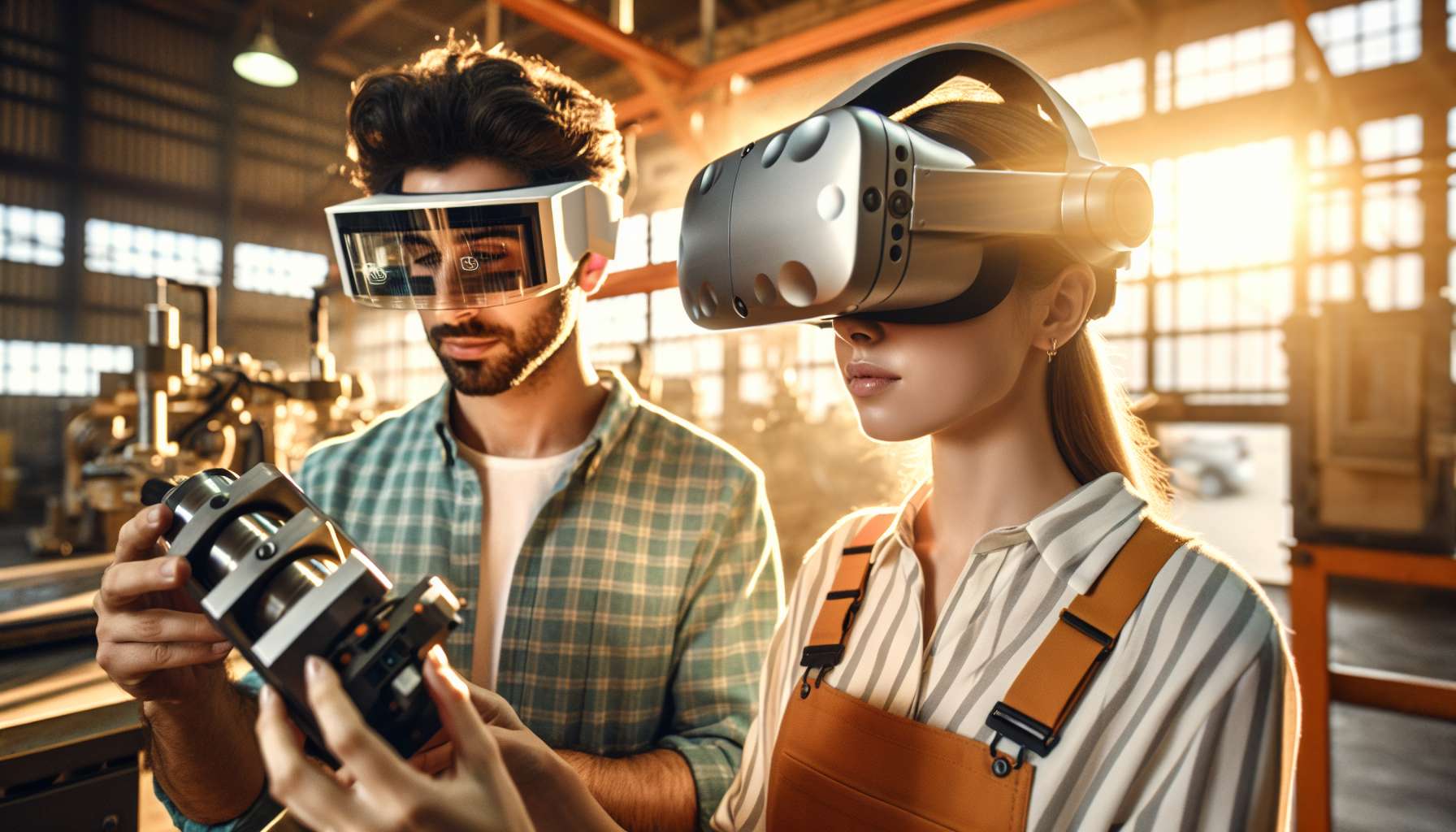Understanding the Differences: AR vs. VR in Industrial Machinery Applications
As technology continues to advance at an unprecedented pace, businesses are constantly seeking innovative solutions to enhance their operations. Augmented Reality (AR) and Virtual Reality (VR) have emerged as two powerful immersive technologies that have the potential to revolutionize various industries, including industrial machinery. In this article, we will explore the differences between AR and VR and delve into their specific use cases in the context of industrial machinery applications.
AR: Enhancing Efficiency and Safety
Augmented Reality overlays digital information onto the real world, providing users with an enhanced view of their surroundings. In the realm of industrial machinery, AR can be a game-changer. By using AR headsets or mobile devices, workers can access real-time data, instructions, and visualizations, all while keeping their hands free.
One of the key advantages of AR in industrial machinery applications is its ability to improve efficiency. For example, maintenance technicians can use AR to access equipment manuals, troubleshooting guides, and step-by-step instructions, reducing downtime and minimizing errors. AR can also assist in training new employees by providing interactive simulations and virtual guidance, ensuring a smooth onboarding process.
Furthermore, AR enhances safety in industrial settings. By overlaying real-time sensor data onto the worker’s field of view, AR can alert them to potential hazards, such as high temperatures or excessive vibrations. This real-time feedback can significantly reduce the risk of accidents and injuries, ultimately creating a safer work environment.
VR: Immersive Training and Simulation
Virtual Reality, on the other hand, creates a completely immersive digital environment, transporting users to a virtual world. While VR may not have the same real-time data overlay capabilities as AR, it excels in training and simulation scenarios for industrial machinery.
VR allows operators and technicians to practice complex procedures and scenarios in a safe and controlled environment. For instance, VR can simulate the operation of heavy machinery, enabling operators to familiarize themselves with the controls and experience potential challenges without any real-world risks. This immersive training can significantly reduce training costs and improve overall performance.
Moreover, VR can be utilized for remote collaboration and troubleshooting. By connecting multiple users in a shared virtual space, experts can guide on-site technicians through complex repairs or maintenance tasks. This not only saves time and travel expenses but also facilitates knowledge transfer and collaboration across geographical boundaries.
Choosing the Right Immersive Technology
When it comes to selecting the right immersive technology for industrial machinery applications, it is crucial to consider the specific requirements and objectives of your business. Here are a few key factors to consider:
- Task Complexity: If your operations involve intricate procedures and detailed visualizations, VR may be the ideal choice for immersive training and simulation.
- Real-time Data: If access to real-time data and instructions is critical for your workers, AR can provide the necessary overlay and hands-free capabilities.
- Collaboration Needs: If your business relies on remote collaboration and troubleshooting, VR’s shared virtual spaces can facilitate seamless communication.
- Cost Considerations: Assess the budget and resources available for implementing and maintaining AR or VR solutions, including hardware, software, and training.
Ultimately, the decision between AR and VR should align with your business goals and the specific challenges you aim to address. It is also worth noting that these technologies are not mutually exclusive, and a combination of AR and VR may provide the most comprehensive solution for your industrial machinery applications.
As the adoption of immersive technologies continues to grow, the industrial machinery sector stands to benefit greatly from the integration of AR and VR. Whether it’s enhancing efficiency, improving safety, or enabling immersive training, these technologies have the potential to transform the way businesses operate. By carefully evaluating your requirements and considering the unique advantages of AR and VR, you can make an informed decision that propels your business towards greater success.





